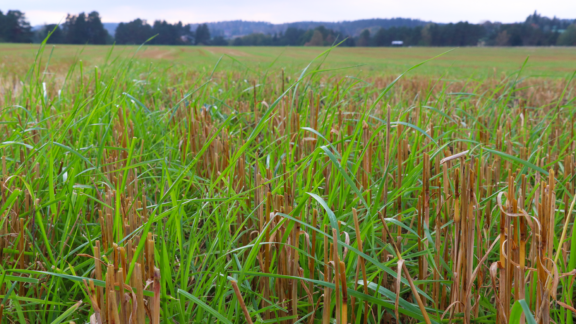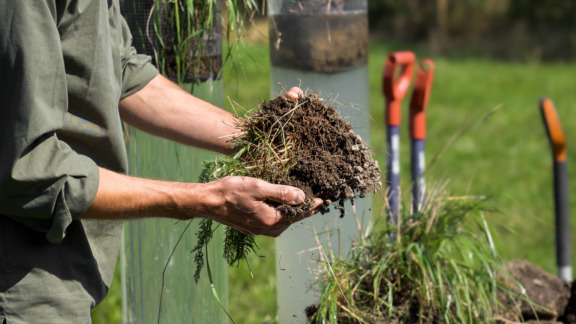An improved method for a data processing of carbon balance estimates that reduces systematic bias
Article: A widely-used eddy covariance gap-filling method creates systematic bias in carbon balance estimates
Authors: Vekuri, Henriikka et al.
Journal: Scientific Reports (Nature)
Year: 2023
A key measurement method for defining carbon sinks in terrestrial ecosystems is the eddy covariance technique. Even though the measurement is continuous, the data collected with the technique always requires gap-filling. To estimate the annual carbon balance of a specific ecosystem, the data set must be gap-filled in a reliable way. Previous comparisons of gap-filling methods have concluded that commonly used methods, such as marginal distribution sampling (MDS), do not have a significant systematic impact on the annual carbon balance estimate.
This study analyzed an extensive, global data set to show that MDS causes significant carbon balance errors for northern (latitude >60∘) sites. MDS systematically overestimates the carbon dioxide (CO2) emissions of carbon sources and underestimates the CO2 sequestration of carbon sinks.
The research also indicates the causes for the issues and introduces a machine learning method as well as a modified version of the MDS method that significantly decrease the error in northern latitudes. Although the bias was not large in scale, fixing a systematic error is important as possible regional or temporal variabilities may otherwise remain unnoticed.



